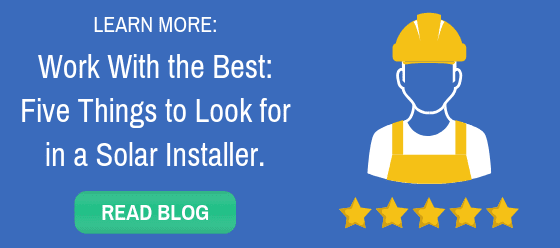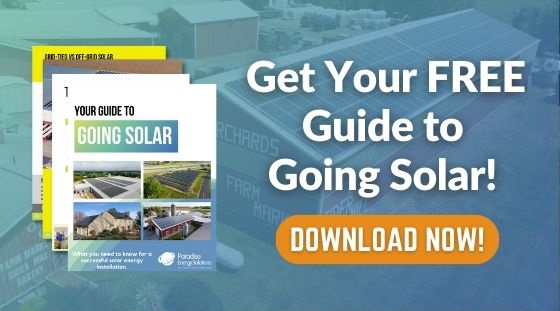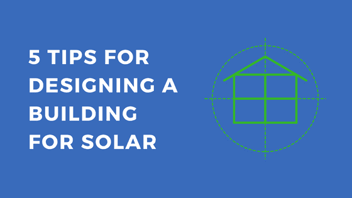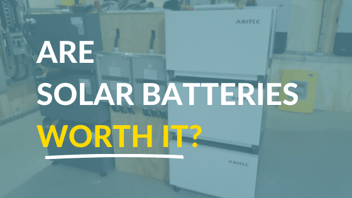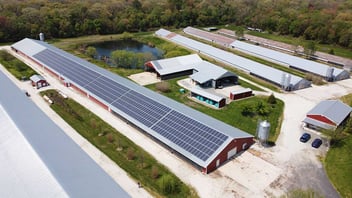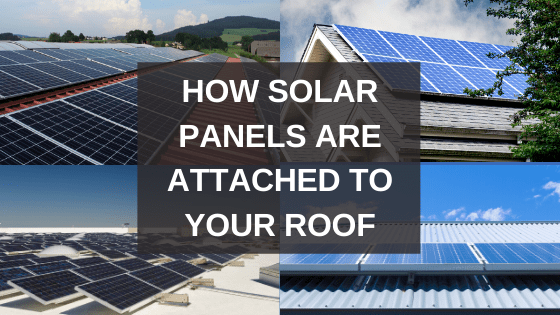
Roofs have an important job. They keep warmth in and keep everything else out. However, they can’t do much else - and unless you have a swanky rooftop restaurant, your roof probably isn’t making you any money.
But for many, there’s a pretty easy way to put your roof to work and have it save you money - a rooftop solar system. By producing free and clean electricity for decades, solar energy can be a worthwhile investment.
But how do PV panels attach to roofs, and does it matter what kind of roof you have? Will they cause any damage? What happens if you need a new roof after the solar panels are installed? We’ll answer all those questions and more so you can decide if a rooftop solar system is right for you.
What We’ll Talk About:
- Solar Panel Attachments for Different Roof Types
- Are Solar Shingles Worth It?
- Can Your Roof Support the Additional Weight from Solar Panels?
- Can Solar Panels Damage Your Roof?
- What Happens if You Need a New Roof?
- Will Your Panels Be Secure in Severe Weather?
Solar Panel Attachments for Different Roof Types
The solar industry came up with solutions for installing solar panels on nearly all roof materials. Be it the typical asphalt shingles that cover many of the homes in America, or sturdy commercial-grade metal roofs, there’s likely a tried and true way to securely mount the panels.
Asphalt Shingle Roofs
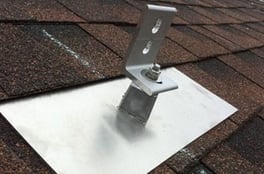
Solar panels have been mounted to thousands of homes across America using a lag bolt and flashing. The bolt is attached to the rafters of the roof, tightly securing the solar panels and the racking system.
To ensure there is no possibility of leaking, a piece of flashing is placed underneath the shingle.
Standing Seam Metal Roofs
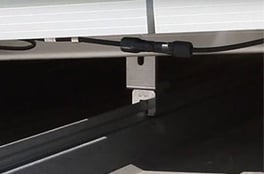
Standing seam metal roofs are great for installing solar. Not only are they incredibly long-lasting and durable, but there’s no need to make any penetrations in the roof when installing the roof mounts.
How’s it done? A U-clamp is attached to the raised seam, and the solar panel racking is then attached securely to the clamp.
Corrugated Metal Roofs
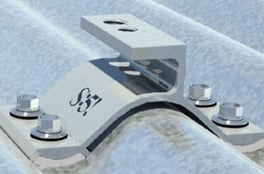
Have a metal roof that isn’t standing seam? There’s an effective way to install solar on that, too.
Solar panels and their racking are attached to corrugated metal roofs with a bracket designed specifically for that roofing type. The bracket fits over the rib and is held into place by the same galvanized screws that your roofing company used to install the roof.
Flat Roofs and Rubber Roofs
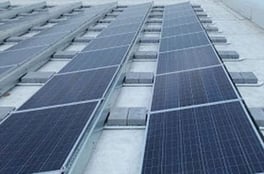
Whether EPDM rubber, TPO, or another material, solar panels can also be installed on your flat roofs - without any penetrations. These are called ballast mounts. The solar panels and their racking are held in place on the roof from the weight of cinder blocks.
An added benefit of a ballast mount system is that the panels themselves can be oriented and tilted to maximize production, which isn’t possible with other mounting types that are dependent on the angle of the roof they’re being installed on.
Are Solar Shingles Worth It?
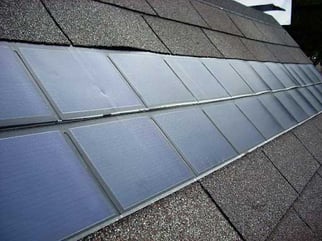 As manufacturers get closer and closer to making solar shingles widely available, there’s been more and more buzz around the topic.
As manufacturers get closer and closer to making solar shingles widely available, there’s been more and more buzz around the topic.
One thing is for certain, solar shingles really look great and can even be indistinguishable from regular roof tiles. However, they are much less cost-effective than solar panels.
According to SolarReviews.com, it would cost $66,000 to $78,000 to install solar shingles on an average 3,000-square-foot roof. In comparison, you could typically install a 20-30 kW system in that price range.
While solar owners in some states may pay high enough rates and use enough electricity to allow the solar roof to eventually pay for itself, it cannot, for now, compete with the cost savings that come with solar panels.
If you’re looking for ways to keep your home or business’s curb appeal while installing solar panels, check out our blog: “How to Design an Attractive Solar System.”
Can Your Roof Support the Additional Weight from Solar Panels?
Solar panels aren’t exactly big heavy bricks, but they do weigh something - around 2.5 to 2.7 pounds per square feet. Before installing your system, it’s a good idea to make sure your roof can support the added weight. In the vast majority of cases - let’s say about 95% - solar panels can be installed on roofs that don’t need any additional support.
However, to ensure solar panels aren’t installed on any of the 5% of roofs that can’t support the weight, a third-party structural engineer will evaluate the roof and give their stamp of approval. If needed, additional support can be added.
Can Solar Panels Damage Your Roof?
Most people are wary of holes in their roofs - and that’s fair. With the exception of standing seam metal roofs and flat roofs, penetrations in the roof are required to properly mount the solar panels.
However, a properly installed solar system should not cause any leakage, even if penetrations are needed. The industry has been installing rooftop solar for a few decades, and proper measures have been developed to minimize the risk of any water damage happening because they had solar panels installed.
There’s even an added benefit - your solar panels can actually protect your roof.
Solar panels act as a shield to the common and unavoidable wear and tear. They’re durable and built to withstand much of what Mother Nature throws their way, keeping your roof dry and clean underneath.
The important thing to note is to work with a reputable solar installer. This will ensure you’re backed by their warranties, and they’ll work to maintain the warranty of your roof.
What Happens If You Need a New Roof?
If you need to replace your roof after you have solar panels installed, you will need to remove and reinstall the solar panels.
Your solar installer should take a look at your roof before beginning the project to ensure it’s in good shape. If you need a new roof, you’ll want to get that out of the way before installing the solar panels.
While a new roof is never something we get excited about buying, your future self will thank you. If you need a new roof or repairs to the roof that need to be made, your solar panels will have to be removed and reinstalled. This should cost less than the actual installation itself but is best to be avoided if possible.
Will Your Panels Be Secure in Severe Weather?
Yes, your solar panels will be secure in most severe weather. Solar systems will be designed and installed to withstand winds based on your local code wind loading requirements. Most systems are designed to take winds of 90-120 mph.
Your solar system will have to be installed according to local building codes, which are based on your local weather patterns. These codes will dictate a specific speed of wind that solar systems need to be able to withstand
Partnering with a reputable, well-experienced solar installation company will ensure you get a quality system that’s backed for years and even decades. You’ll be sure to get a solar system that works properly and safely and generates free electricity for 30+ years.

